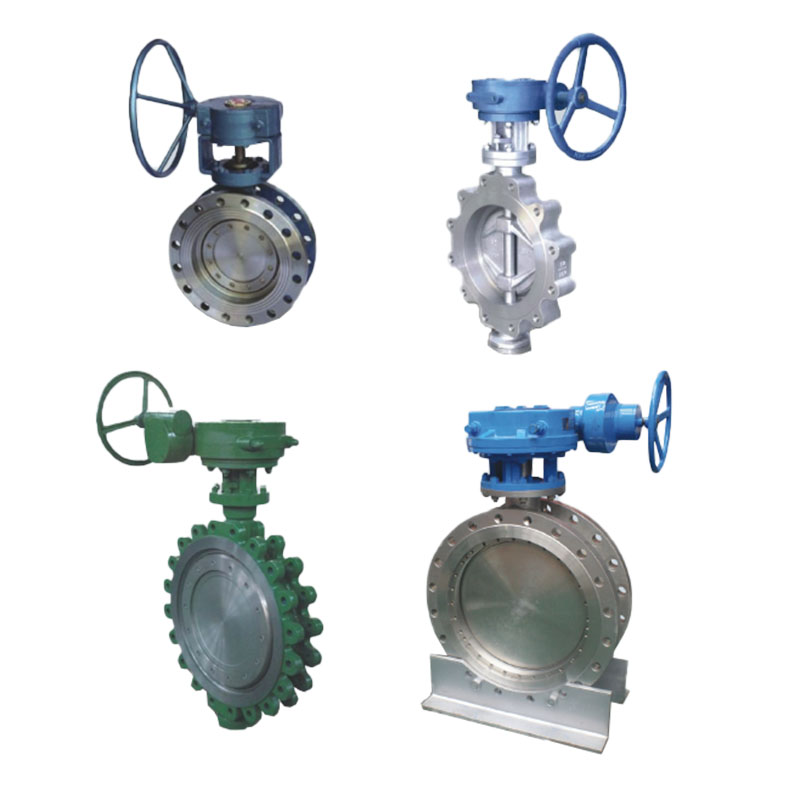Zhejiang Shunlin Valve Co., Ltd. is China Flange Valve Manufacturers, we are design and manufactures API standard valves (globe valves, gate valves, check valves, ball valves).
Globe Valves and Their Advantages and Disadvantages
Update:2023-08-24 10:00:00 Thursday
Summary:
Globe Valves are a versatile type of valve used in a wide range of industrial applications. They are useful in regulating flow, controlling pressure and managing temperature in liquid lines. They can be found in systems ranging from water treatment......
Globe Valves are a versatile type of valve used in a wide range of industrial applications. They are useful in regulating flow, controlling pressure and managing temperature in liquid lines. They can be found in systems ranging from water treatment to chemical processing to power generation.
A Globe Valve is a linear motion closing-down valve that uses a disk to stop or throttle fluid flow. The disc is controlled by a stem that is lowered or raised to seal against the valve seat and block media flow. The diameter of the seat opening varies in direct proportion to the distance the disc travels, making it a good choice for duties requiring regulation of flow rates.
The valve body has a cylindrical shape with an inner and outer shell. The inner shell may be a solid metal or a soft seat, depending on the application. The sleeve is attached to the inside of the inner shell and extends outward to form a circular orifice for directing fluid flow. The valve disc is then positioned on the top of the sleeve and, when the stem is lowered, it seals against the seat and stops or throttles flow. When the stem is raised, it allows flow to pass around the valve disc.
One of the main advantages of the Globe Valve is that it is capable of stopping or throttling both liquid and gas flows. This makes it very popular for use in a variety of industries, including the food and beverage industry. The streamlined design of the valve also means that it can be operated quickly and easily with handwheels or other control devices.
The biggest disadvantage of the Globe Valve is its head loss, which is a measure of the resistance to flow in the line caused by friction and turbulence. This occurs because the valve forces the fluid to change direction twice as it passes through the valve, which causes fluid friction and objectionable pressure drop.
There are three primary variations in the Globe Valve design, which include the Tee Pattern or Z-body, Y-body and Angle Pattern body designs. The difference between these body types is the type of disc that is employed. The most common designs are the ball disk, composition disc and plug-type disk. The plug type has a long taper and offers better throttling capabilities than the ball or composition designs.
A key difference between the different globe valve body designs is the directional flow of the fluid, which is determined by the positioning of the valve body’s mounting flanges. This affects the direction of the flow and can influence the performance of the valve, particularly in areas where cavitation is possible.


 English
English 中文简体
中文简体 русский
русский







